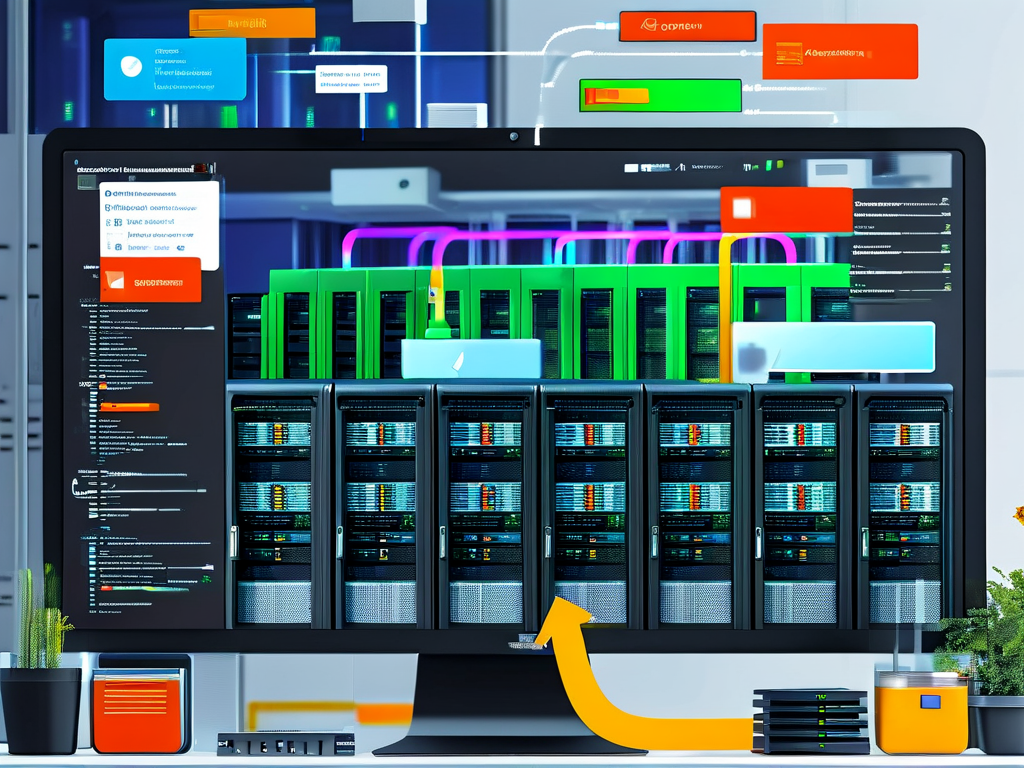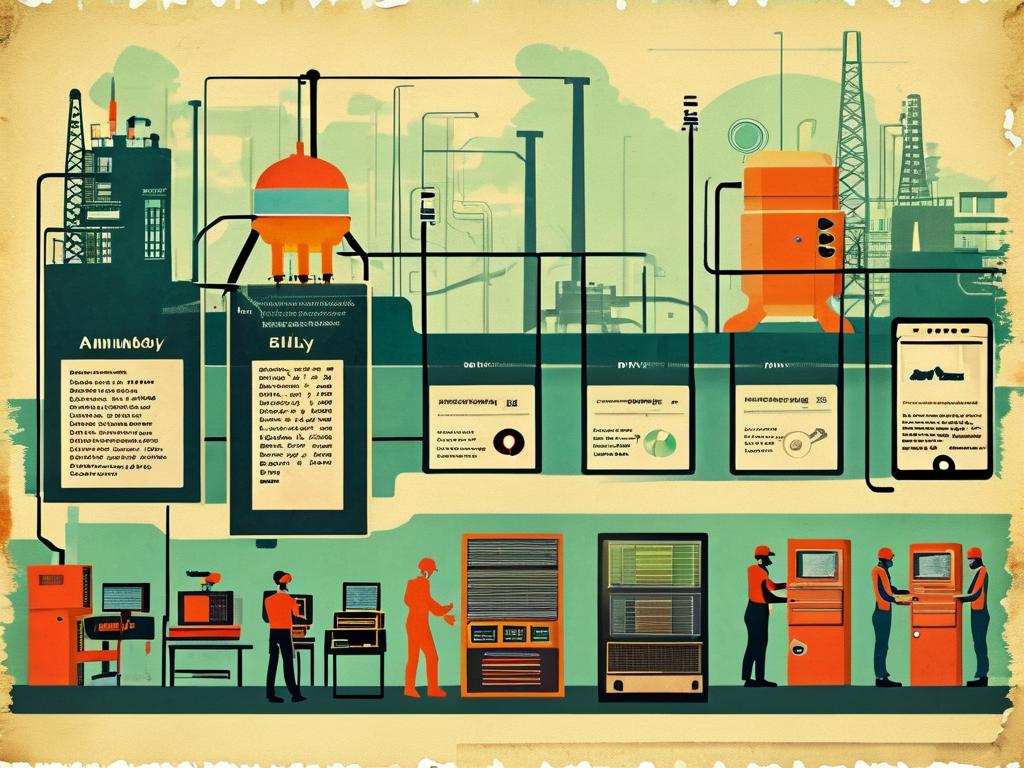In today's fast-paced software development landscape, companies increasingly rely on automated deployment strategies to streamline backend operations, reduce human error, and accelerate time-to-market. This article explores practical approaches for implementing robust automation frameworks while addressing common challenges and emerging trends.

The Evolution of Backend Deployment
Traditional deployment workflows often involve manual interventions at multiple stages—code integration, testing, environment configuration, and production rollout. These processes are not only time-consuming but also prone to inconsistencies. For instance, a misconfigured server or overlooked dependency can lead to hours of downtime. Automation addresses these pain points by standardizing workflows, enabling teams to focus on innovation rather than repetitive tasks.
Core Components of an Automation Framework
A successful backend automation strategy hinges on four pillars:
-
Version Control Integration
Tools like GitLab CI/CD or GitHub Actions sync code changes with deployment pipelines. For example:# Sample GitHub Actions Workflow name: Deploy to Production on: push: branches: [ main ] jobs: build-and-deploy: runs-on: ubuntu-latest steps: - name: Checkout code uses: actions/checkout@v3 - name: Deploy to AWS run: ./deploy-script.sh -
Containerization
Docker and Kubernetes ensure consistent environments across development, staging, and production. Container orchestration eliminates the "it works on my machine" dilemma. -
Infrastructure as Code (IaC)
Terraform or AWS CloudFormation automate resource provisioning, turning infrastructure setup into repeatable scripts. -
Monitoring & Rollback Mechanisms
Tools like Prometheus and Grafana provide real-time insights, while automated rollback features mitigate risks during failed deployments.
Implementation Roadmap
Adopting automation requires a phased approach:
Phase 1: Audit Existing Workflows
Identify bottlenecks—manual approvals, inconsistent testing environments, or slow rollbacks. Map out dependencies between services.
Phase 2: Toolchain Selection
Choose tools aligned with your tech stack. For Java-based microservices, Jenkins might suffice, while Go applications could benefit from GoCD's performance advantages.
Phase 3: Pipeline Design
Structure deployment stages logically:
- Code quality checks (linting, unit tests)
- Security scanning (SAST/DAST)
- Canary deployments to minimize downtime
Phase 4: Team Training
Conduct workshops to upskill developers on writing deployment scripts and interpreting pipeline logs.
Overcoming Common Pitfalls
Even well-designed systems face hurdles:
-
Legacy System Integration
Gradually refactor monolithic applications using strangler patterns. Wrap legacy APIs in containers to fit modern pipelines. -
Permission Management
Implement role-based access control (RBAC) in deployment tools to prevent unauthorized changes. -
Cost Optimization
Schedule non-production environments to shut down during off-hours, reducing cloud expenses.
Future-Proofing Automation
Emerging technologies are reshaping deployment practices:
-
AI-Driven Optimization
Machine learning models now predict deployment failures by analyzing historical data, suggesting preemptive fixes. -
Serverless Architectures
Platforms like AWS Lambda abstract infrastructure management, allowing teams to deploy code without server provisioning. -
Edge Computing
Automated deployment to edge nodes requires new strategies for version synchronization and latency management.
Case Study: E-commerce Platform Migration
A mid-sized retailer reduced deployment times by 70% after adopting automation:
- Containerized 15 microservices using Docker.
- Implemented Argo CD for Kubernetes-based rollouts.
- Integrated automated smoke tests using Postman collections.
Result: Deployment frequency increased from bi-weekly to daily releases.
Backend automation isn’t a one-size-fits-all solution but a continuous improvement journey. By combining the right tools with iterative refinements, organizations can achieve resilient, scalable deployment workflows. As DevOps philosopher Gene Kim noted, "The goal is not to eliminate humans but to amplify their capabilities through systems." Start small, measure outcomes, and scale automation efforts in alignment with business objectives.









